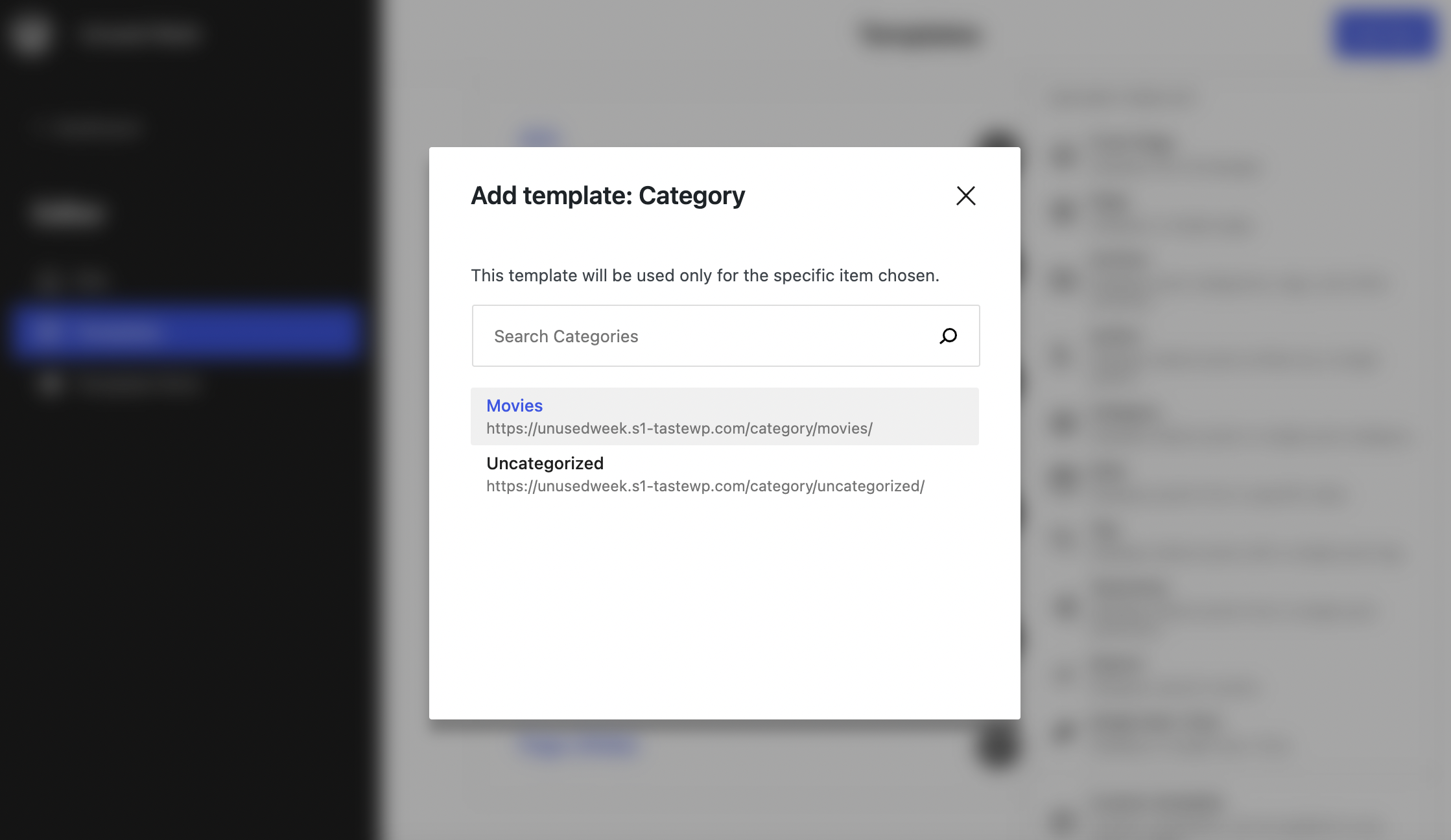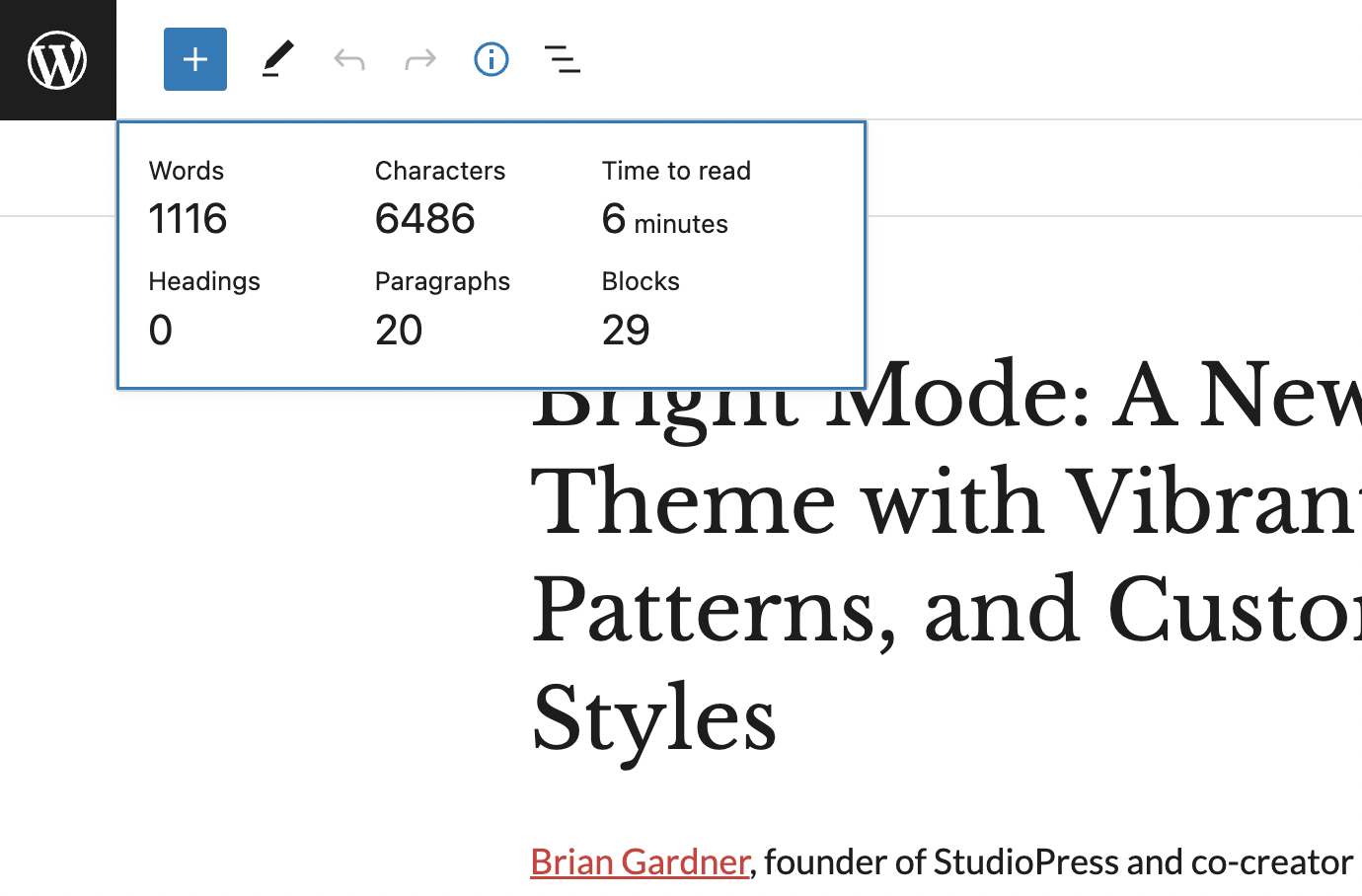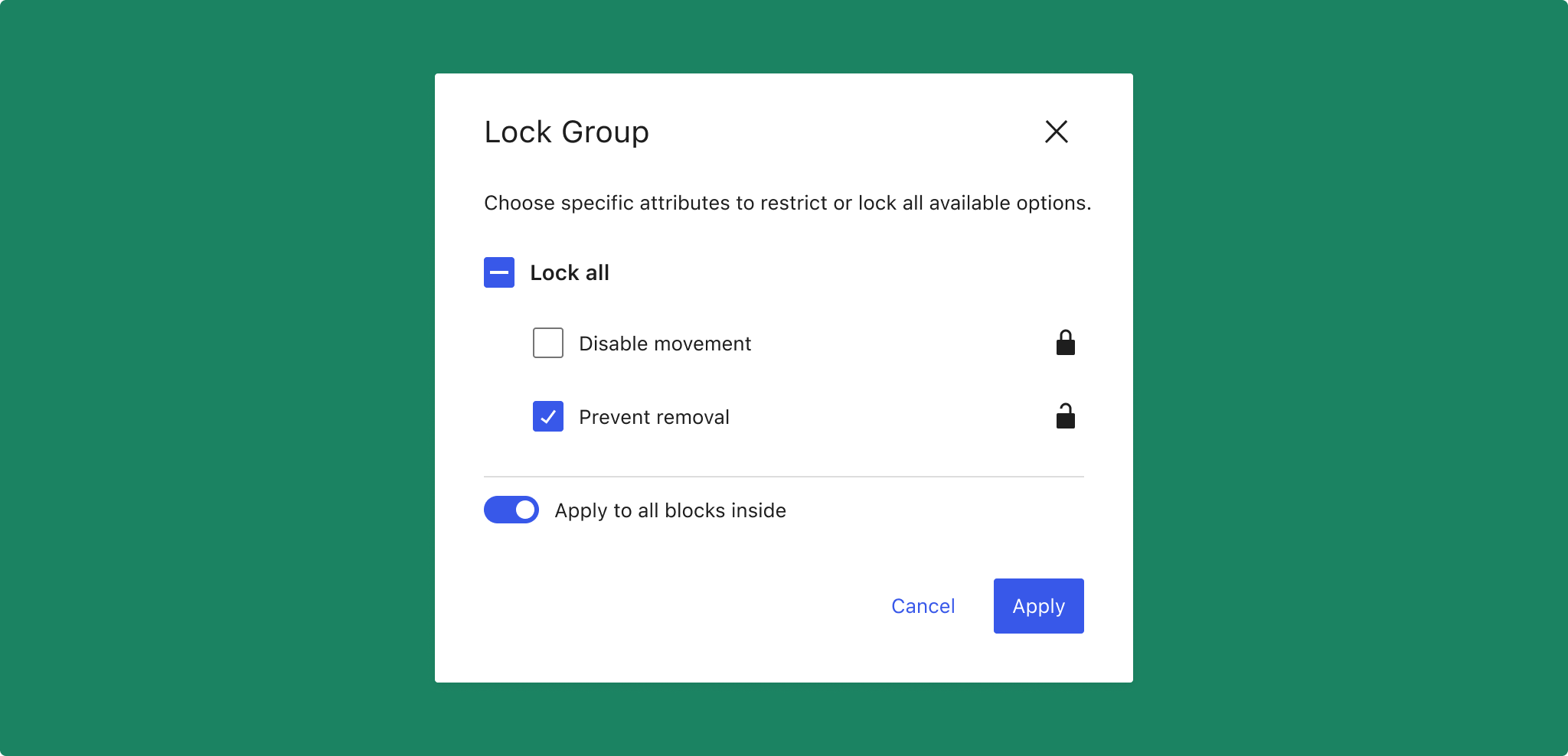Gutenberg 13.7 was released this week with major updates to full-site editing (FSE) capabilities that expand custom template creation. Users can now create templates for custom taxonomies, specific terms, and single categories and tags. The update also includes the ability to create templates for specific pages.
Clicking on “Add New” template and selecting Category will launch a new modal where users can select a specific category:

In a separate writeup about the expanded custom template capabilities, Automattic-sponsored contributor Justin Tadlock gave a walkthrough of the template creation process and summarized the continued work on this arm of FSE features.
“There are tons of use cases for these types of templates, only limited by what their creators want to build,” Tadlock said. “For example, a user might want to show a grid of posts for a specific ‘photography’ category but not change the default list style for others. A restaurant owner might remove the site’s default sidebar on the ‘menu’ page to let photos of the dishes take center stage.”
All of these additions put more control of the CMS into users’ hands than they have ever had in the earlier days of WordPress. Creating a custom template for a taxonomy or for a specific page would have been a task for which most users would have needed to hire a developer. Now anyone can create custom templates with just a few clicks inside the Site Editor.
Category customization is also the subject of the latest round of the FSE Program’s testing, closing on August 1. The test focuses on guiding users through exploration of the general Category template and the new template picker design introduced in Gutenberg 13.6. Each testing call comes with a structured way to explore beta features along with specific questions to answer during the process. It’s essentially a guided way to contribute to WordPress that allows people of all abilities to shape the user experience with their feedback.
Gutenberg 13.7 also introduces a new “Time to read” count that users will find in the information panel at the top of the editor. It estimates the time to read for pages, posts, and custom post types.

Gutenberg’s block locking feature already offers quite a bit of granular control, but this release expands these capabilities to allow for locking all the blocks inside a container (Group, Cover, and Column blocks) with one click.

Other notable improvements in 13.7 include the following:
- Updates modal design for Preferences screen and other screens to reduce noise, add background blur, and make design more consistent – PR #40781
- Adds “Use featured image” to Upload and Media Library options in the placeholder for a new Cover block – PR #41722
- Adds text decoration support to post title block – PR #42328
This release includes 167 PRs thanks to contributions from 58 people. For a full breakdown of all the changes and bug fixes, check out the full changelog in the release post.
source https://wptavern.com/gutenberg-13-7-expands-custom-template-capabilities-adds-estimated-reading-time-to-info-panel
Comments
Post a Comment